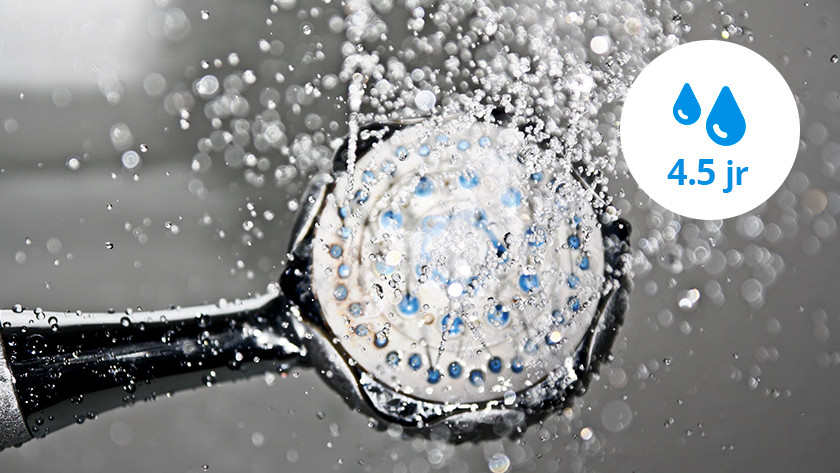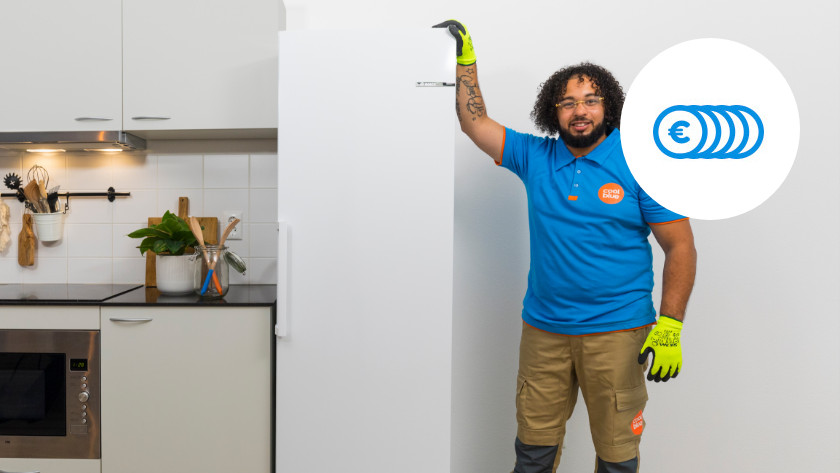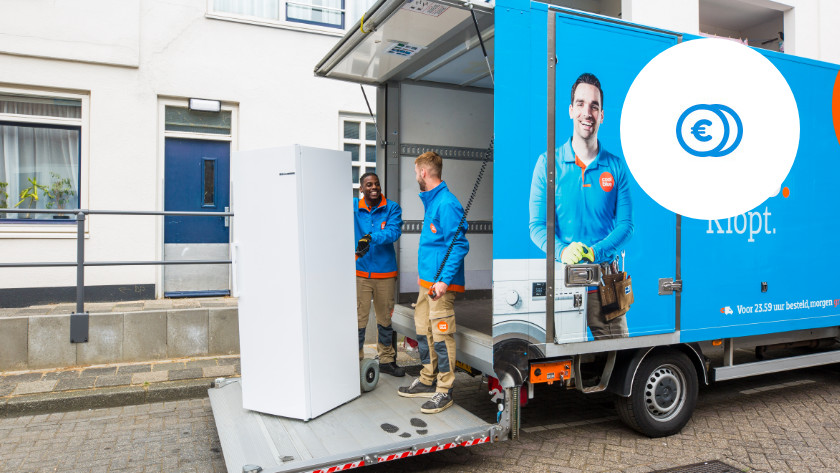
Upright freezer: how much does a C energy label save compared to an F energy label?
For the environment

C saves the CO2 emissions of 4 years of showers
If you choose a D upright freezer instead of F, you save the environment an average of 767 kilograms of CO2 emissions. As a comparison, a Dutch person with average water consumption for showering is responsible for 200 kilograms of CO2 emissions per year. Chooser an energy-efficient upright freezer and you'll save about the same amount of CO2 as you would by not showering for 4 years. This comparison is based on the average lifespan of a freezer, which is 15 years.

F needs 45 trees to grow for 1 year
An F upright freezer that isn't energy-efficient uses 91kWh of energy more than an energy-efficient model during its lifespan of 15 years. This energy consumption translates to 767 kilograms of CO2 emission. To remove this extra CO2 from the atmosphere, 38 trees must grow for 1 year. Green energy generated by solar panels and wind mills doesn't leave a CO2 footprint.
For you

C saves € 290
Despite the higher purchase costs of an energy-efficient upright freezer, you save € 209 in the end. That's because a C upright freezer consumes less energy. The annual energy costs are € 34 lower than those of an upright freezer that's not energy-efficient.

F costs € 209 more
At the end of the average 15-year lifespan of an F upright freezer, it'll have cost you € 209 more than when you choose a C upright freezer. Yes, an F upright freezer is cheaper to purchase, but it'll be more expensive at the end of its lifespan due to its higher energy costs. You pay an average of € 86 on energy costs for a model that isn't energy-efficient, while the costs for an energy-efficient model are just € 52.
Cost comparison
| C | F | |
|---|---|---|
| Average consumption per year | 173kWh | 284kWh |
| Annual energy costs (€ 0.30) | € 52 | € 86 |
| Average purchase price | €1150 | € 849 |
| Total costs after 15 years (purchase price + energy costs) | € 1930 | € 2139 |


